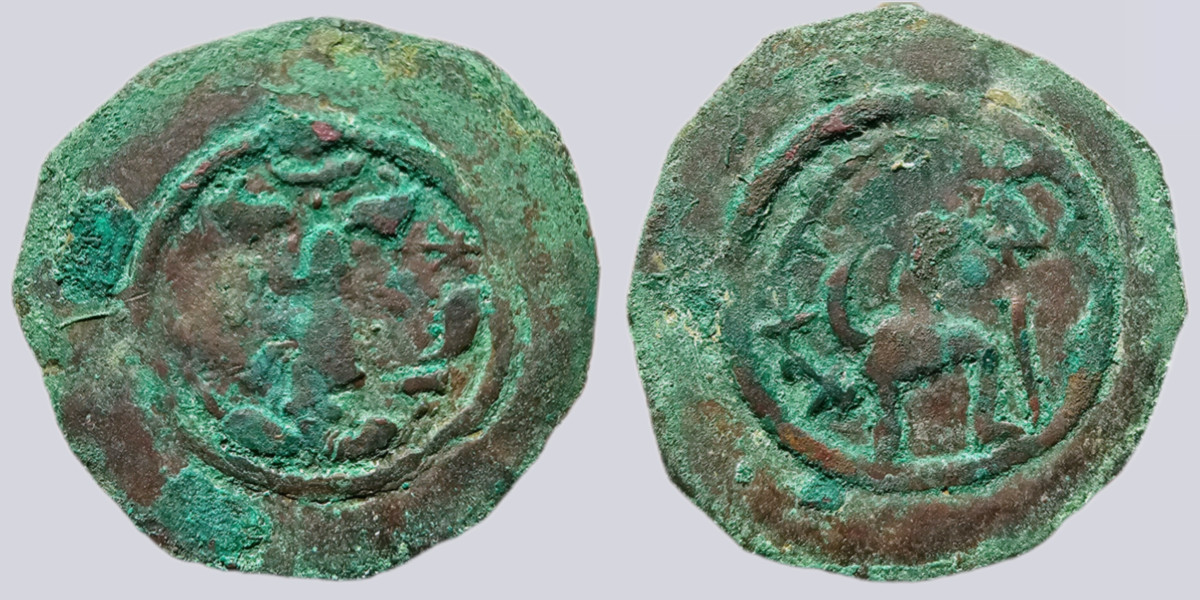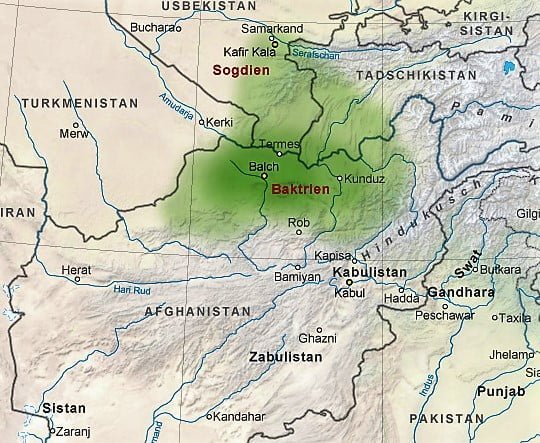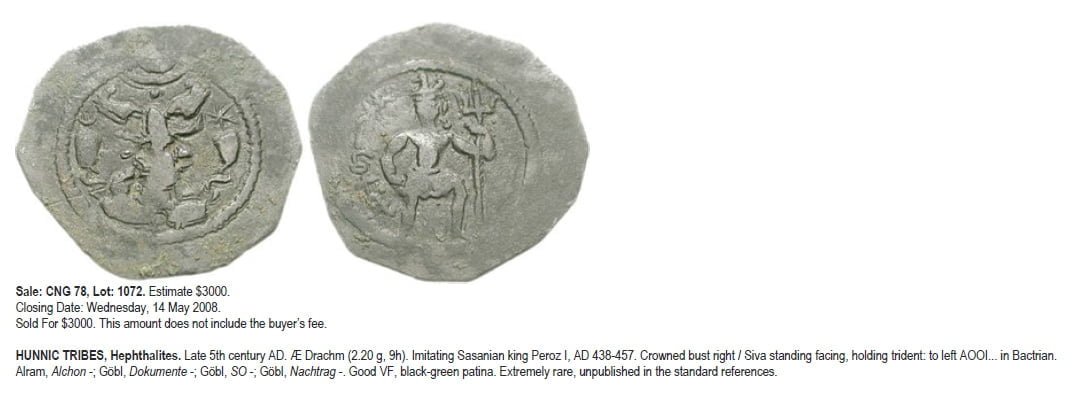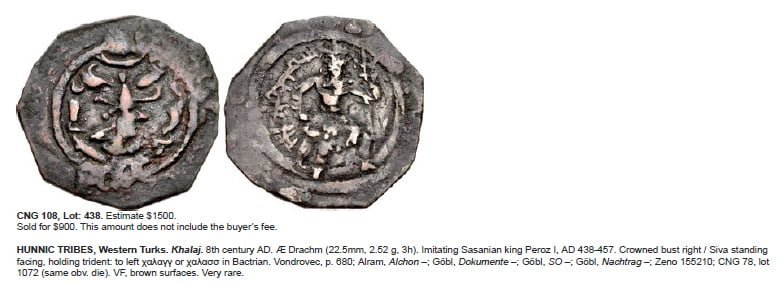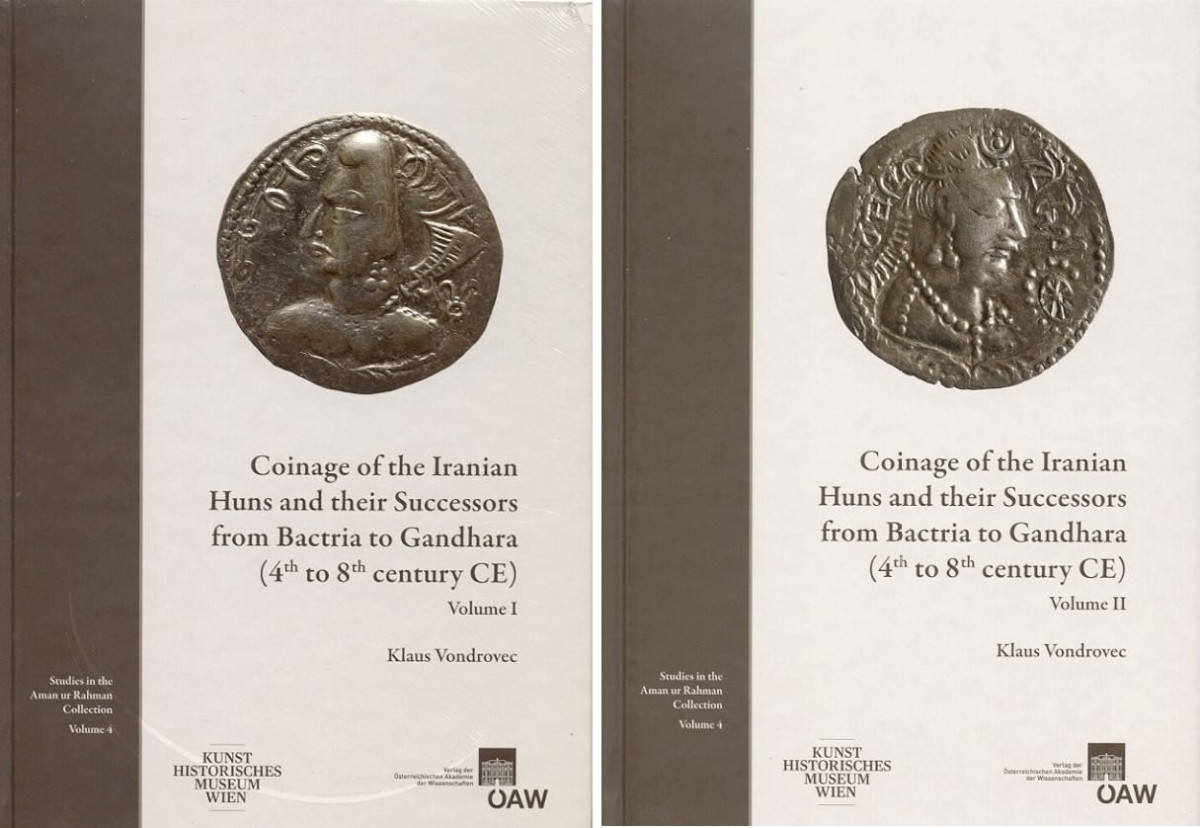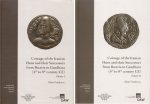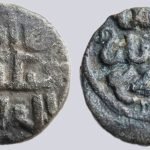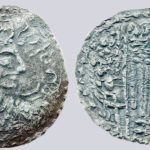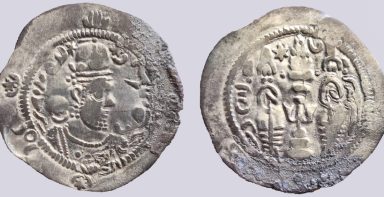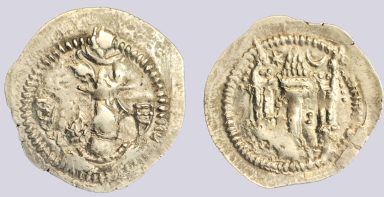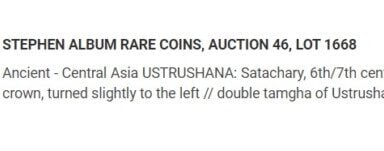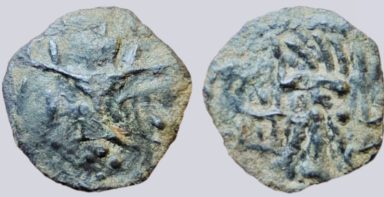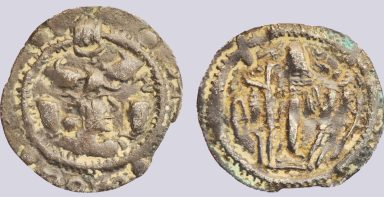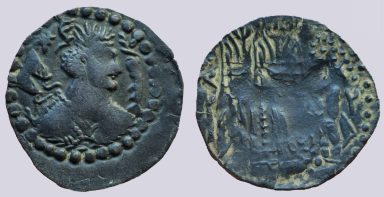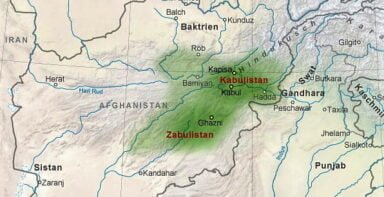Western Turks, AE drachm, Khalaj, Siva reverse
$799 Original price was: $799.$699Current price is: $699.
In stock
Iranian Huns. Western Turks. The Khalaj (late 5th cent. AD)
AE drachm (2.31 g, 23 – 25 mm)
The Khalaj were a Turkic or possibly Iranic-speaking group originally associated with Central Asia, later becoming known for their presence in eastern Iran and northern Afghanistan. By the late 5th century AD, they were emerging as a distinct polity under the broader influence of the Hephthalites and later the Western Turkic Khaganate (6th–7th centuries AD)
Coins and material culture attributed to the early Khalaj are rare and often debated among scholars, with their bracteates or imitative coinage showing stylistic continuity with Hephthalite and Sasanian prototypes—often featuring crowned busts, fire altars, and pseudo-legends in Bactrian
OBVERSE: Crowned bust right, imitating Sasanian King Peroz I (438-457AD)
REVERSE: Siva standing facing, holding trident. Bactrian inscription “χαλαγγ” or “χαλασσ” (Khalass = Khalaj)
Local tribes like the Khalaj struck coins reflecting a blend of Sasanian, Hephthalite, and Indian religious imagery, including depictions of Siva—a rare but notable feature in Turkic numismatics, underscoring the religious and cultural plurality of the region
According to K.Vondrovec work “Coinage of Iranian Huns..”, p. 555, this coin belongs to Western Turks Period
Choice VF. Nice, deep brown & green patina. Extremely RARE
References:
Z-142651 (this coins)
cngcoins.com (similar type sold)
♦Please, note that our prices are ALL-INCLUSIVE. No additional fees (such as Buyer’s Premium, PayPal commission, etc.) are applicable♦
TERMS OF SALE:
• Our prices are all-inclusive – No additional fees (such as Buyer's Premium, PayPal commission, etc.) apply
• Authenticity guaranteed – All items are guaranteed genuine. Most are uploaded to the ZENO Oriental Coins Databas and assigned an appropriate database reference number
• 10-day return policy – Any item may be returned within 10 days of receipt. When returning an item, please ensure the return is paid for and trackable
SHIPPING:
• International Orders via EMS Priority Mail. Minimum shipping fee: US$29.00. Delivery within 3 to 7 days, depending on location. This is the preferred shipping method for orders over US$500.00
• International Orders via Registered Mail. Minimum shipping fee: US$10.00. Delivery within 12 to 16 days (or longer, depending on location). This is the preferred shipping method for orders under US$500.00
• Orders are typically processed and shipped within 3 working days after the payment is received
PAYMENTS:
• Credit / Debit Cards
• PayPal
• For more details on payment options, please email us at info@bactrianumis.com


